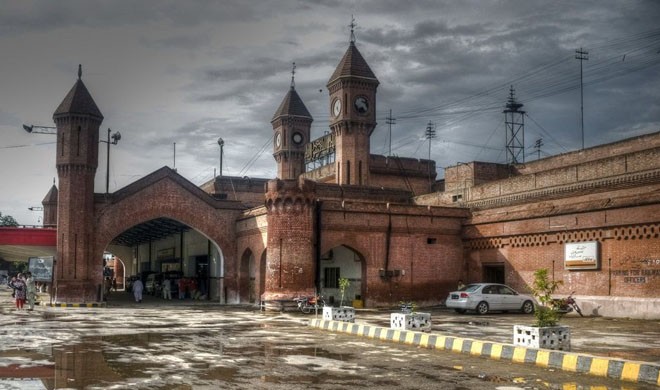

Imperial colonisation compelled the British to build an elaborate railway network in the Indian Subcontinent’. Rail-tracks were laid down and hundreds of stations were built accordingly. The railway station in Lahore was the first building the British built. No wonder it is reflective of the post-1857 British India.
Years later, the Lahore Railway Station witnessed the largest human migration during the partition of India and Pakistan. Trains full of dead bodies would arrive at the Station. Those who survived were able to build homes and new lives, as Pakistan inherited an extensive railway network just like India. That it failed to maintain the network is another story.
Over the years, the Lahore Railway Station has developed into a frantic amalgamation of humanity and machines running side by side. A multitude of railway tracks unite like tributaries merging into a river.
As the trains come and go, millions of people arrive and millions depart amid the hustle and bustle. This visual census is overwhelming, as farewells are bid and goodbyes said.
As all ends of the single tracks line up the railway platform in a similar fashion, a multitude of people at the Lahore Railway Station converge to reach their destinations. Saffron robed coolies flutter in every corner of the Station, scouting for passengers. Their names hold no meaning, but they are a part of the massive railway system where they silently pull the invisible strings.
Today, the Lahore Railway Station is witness to a slow yet painful death of the railway system in the entire country, as the voices of the saffron robed coolies echo around the industrial graveyard.
Photos and text by Saad Sarfraz